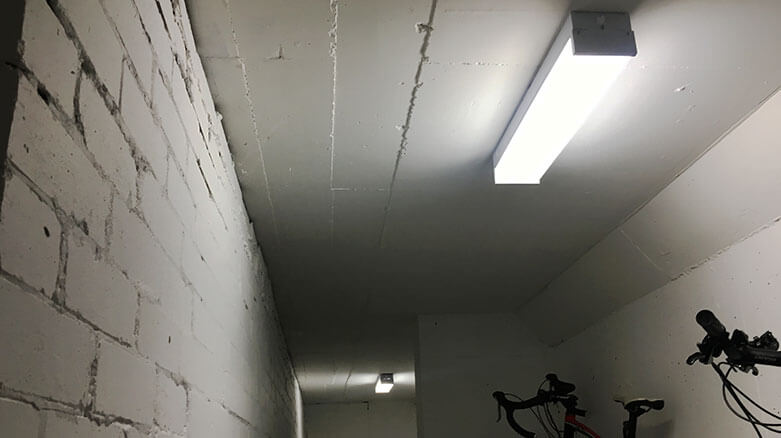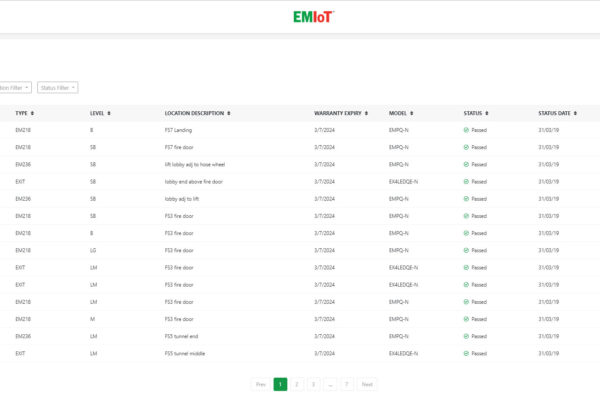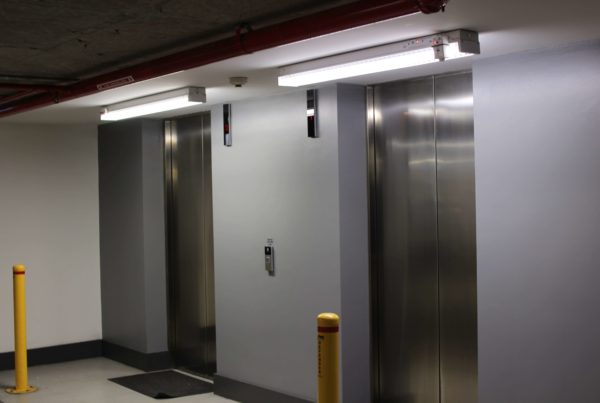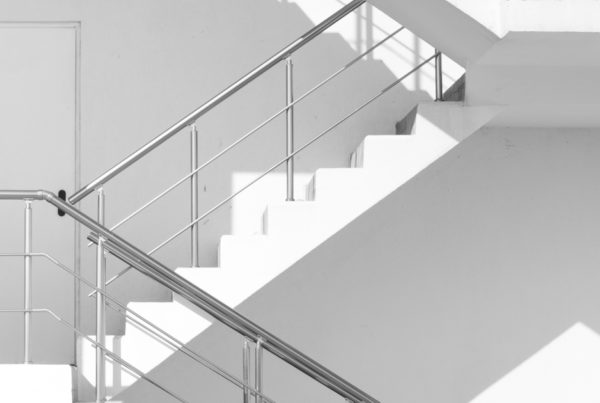LED Emergency Battens have become a cornerstone in defining a standard emergency fitting, being found in nearly all carparks and underground accessways or anywhere backup emergency lighting is needed across the country
Originally containing fluorescent tubes and since-outdated lead acid batteries, Emergency Battens have evolved over the years into their current streamlined and minimalist looking designs which last longer and are much more appealing to the eye. This is due to their use of LED technology which has since become the new standard in Emergency Lighting, offering not only better form factor, but substantially improved energy saving.
There are several considerations to take into consideration when purchasing LED Battens, including:
Size
For the sake of convenience to the installer, it’s always recommended to stick with either the 2 foot or 4 foot LED Battens (unless replacing an existing fitting) as these sizes are by far the most common and are considered by and large as the industry standard making them available at all electrical wholesalers.
Weatherproof Rating
The weatherproof rating or Ingress Protection rating (IP Rating) refers to the fittings suitability for indoor or outdoor usage. If using indoors, an IP20 rated fitting will generally be considered enough but for areas where extra dust and physical impact protection are needed or outdoor water/air protection is required it is recommended to use IP65 rated designs to ensure the life of the fitting.

LED Tubes
Most LED Battens available on the market have integrated diodes, which is to say that once the LED Batten has expired the fitting is considered ‘dead’ and no longer has a useable commercial function. As a rule however, when manufacturers engineer an integrated LED Batten they do so with performance and a long fitting life in mind, with most quality LED Battens design life going up to 10 years. This generally cannot be said for ‘replaceable’ LED tubes however. The form factor and design of LED tubes makes the maintenance and replacement of dead or faulty fittings much more efficient as all that is needed is to replace the tube itself, just like with fluorescents. However the setback on these is that even quality LED tubes typically won’t last as long as built-in integrated fittings due to alterations and cutbacks in design such as heatsinks and electronic control gear partly missing or substituted in the LED tubes.
Colour
One of the more over-looked aspects of choosing the correct fitting is the colour temperature or Kelvin required. This can play a dramatic role in the overall aesthetic of the lighting produced and is easily noticed in an area where the colours of different LED Battens do not match. This was exceedingly common with the older fluorescent style lamps as people replacing the Fluro tubes would not take note of what was installed in the other battens around them, but is less common with LED’s as the fitting is generally replaced, not the individual tubes. As for selecting the correct colour temperature for the appropriate area, work environments such as garages, car parks, warehouses, workshops, kitchens etc should aim to use a colour temperature of around 5000K/6500K. This end of the colour spectrum reacts with the brain most in keeping alert and active, while colours at the 4000K/3000K end of the spectrum are more associated with rest and will often ‘soften’ the light to create a warm ambient effect, which is popular in many heritage and home settings.
WBS LED Emergency Battens have put themselves as the industry standard in commercial lighting solutions and it is easy to see why, as they are incredibly practical and provide superior illumination to market alternatives at a great price. If you are currently looking for an LED Emergency Batten please contact your local Electrical Wholesaler to view the WBS range.





